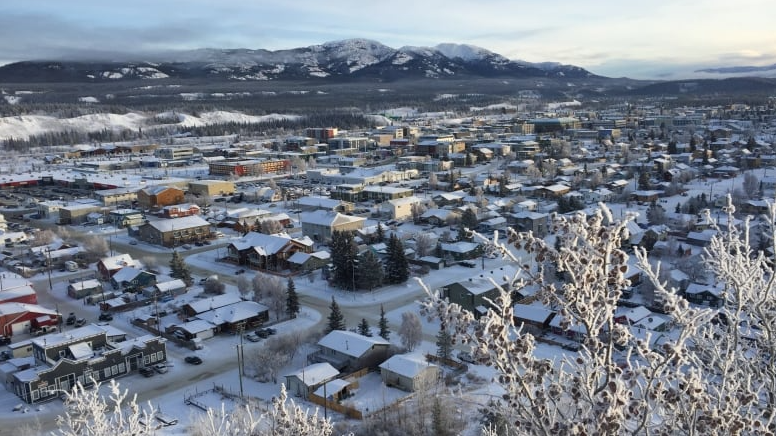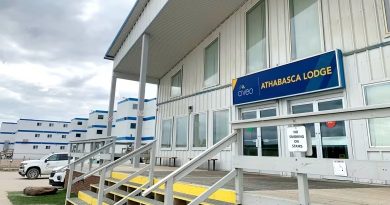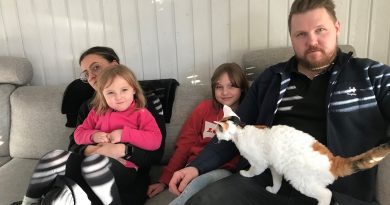Census 2021: A snapshot of Arctic Canada’s population and dwelling data

The census data for 2021 tells a very different story across Canada’s three territories.
Yukon led the country in population growth from 2016 to 2021, increasing by 12.1 per cent and bringing its population from 35,874 to 40,232. It was also the only territory that grew faster than Canada overall.
Nunavut grew at a slower pace than the rest of the country, while the population of the Northwest Territories fell slightly from 41,786 to 41,070.
According to Statistics Canada, the Northwest Territories and Nunavut are the only jurisdictions in Canada where population increase relies on natural growth rather than immigration.
Statistics Canada demographer Julien Bérard-Chagnon says Yukon’s growth can be attributed to both immigration, and migration from other parts of Canada.
The says the N.W.T. and Nunavut, meanwhile, saw less interprovincial migration over that period.
“Populations move for many reasons. A key reason is the economic conditions, so, people tend to be attracted by regions with a booming economy,” Bérard-Chagnon said.
“In addition to that, the pandemic impacted migration. So with other sources, we saw that the territories as a whole lost people to the South during the pandemic.”
Here’s a look at the data:
Yukon
2021 population: 40,232
2016 population: 35,874
Population percentage change: 12.1 per cent
Total private dwellings: 19,610
Private dwellings occupied by usual residents: 17,181
Population density per square kilometre: 0.1
Land area in square kilometres: 472,345.44
Communities with the most growth:
- Ibex Valley, 27.1 per cent
- Whitehorse, Unorganized, 26.1 per cent
- Faro, 26.4 per cent
- Tagish, 24.9 per cent
- Macpherson-Grizzly Valley, 23.7 per cent
Communities with the least growth:
- Stewart Crossing, -41.2 per cent
- Teslin Post 13 3, -36.7 per cent
- Destruction Bay, -27.3 per cent
- Beaver Creek, -16.1 per cent
- Burwash Landing, -11.1 per cent
Northwest Territories
2021 population: 41,070
2016 population: 41,786
Population percentage change: -1.7 per cent
Total private dwellings: 17,603
Private dwellings occupied by usual residents: 15,207
Population density per square kilometre: 0
Land area in square kilometres: 1,127,711.92
Communities with the most growth:
- Region 5, Unorganized, 19.4 per cent (This number captures people outside of communities in southeastern N.W.T.; see map here.)
- Whatì, 15.5 per cent
- Paulatuk, 12.5 per cent
- Sambaa K’e, 10.2 per cent
- Łútselk’e, 9.9 per cent
Communities with the least growth:
- Region 1, Unorganized, -100 per cent (This number captures people outside of communities in northern N.W.T.; it went from 5 to 0; see map here.)
- Region 4, Unorganized, -36.2 per cent (This area Includes people outside of communities in southwestern N.W.T.; see map here.)
- Enterprise, -29.2 per cent
- Tsiigehtchic, -19.8 per cent
- Jean Marie River, -18.2 per cent
Nunavut
2021 population: 36,858
2016 population: 35,944
Population percentage change: 2.5
Total private dwellings: 11,720
Private dwellings occupied by usual residents: 9,926
Population density per square kilometre: 0
Land area in square kilometres: 1,836,993.78
Communities with the most growth:
- Igloolik, 17.5 per cent
- Coral Harbour, 16.2 per cent
- Arctic Bay, 14.5 per cent
- Sanikiluaq, 14.5 per cent
- Naujaat, 13.2 per cent
Communities with the least growth:
- Chesterfield Inlet, -9.2 per cent
- Taloyoak, -9.2 per cent
- Resolute Bay, -7.6 per cent
- Kugluktuk, -7.3 per cent
- Iqaluit, -4 per cent
With files from Matisse Harvey
Related stories from around the North:
Canada: Yukon’s population up 21 per cent from a decade ago, and still growing steadily, CBC News
Finland: Finland’s population could begin falling in 2031, Yle News
Norway: Sharp population decline in Barentsburg in Norway’s Arctic archipelago, The Independent Barents Observer
Russia: Russia intends to make Arctic towns more attractive with new “Arctic standard”, The Independent Barents Observer
Sweden: Northern Sweden expects population boom from green investments, Radio Sweden
United States: How small investments are improving an Alaska community, Alaska Public Media



